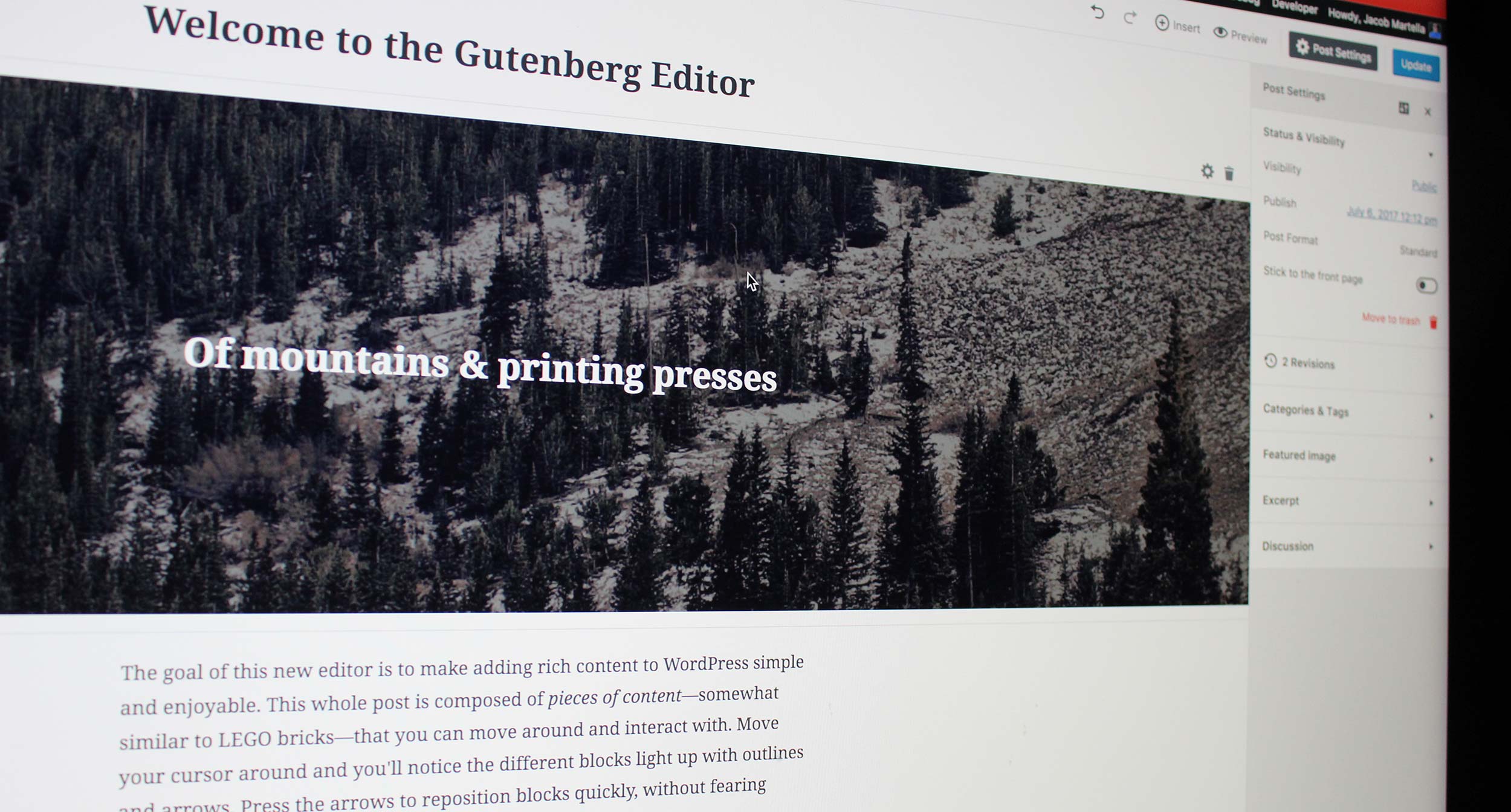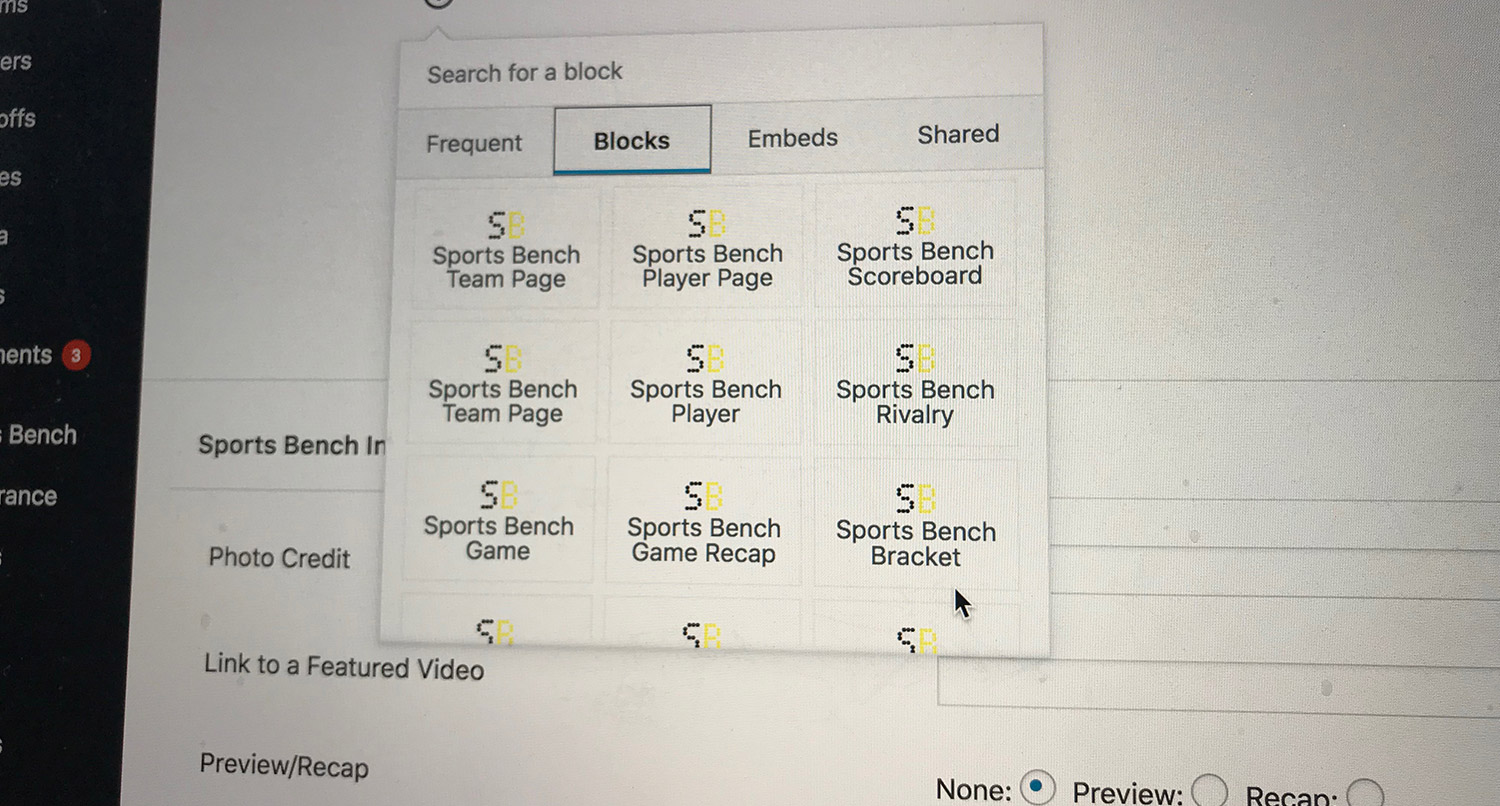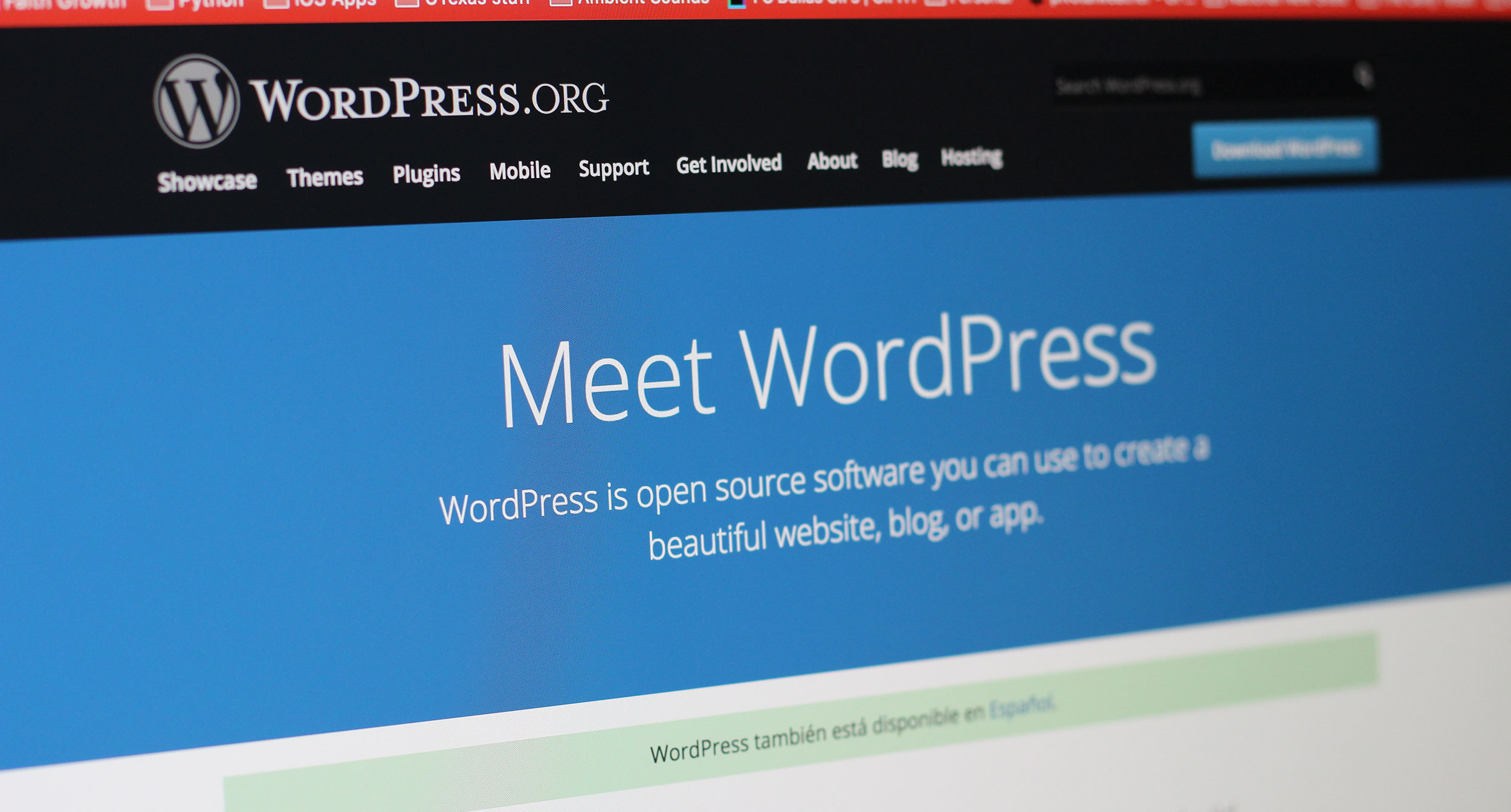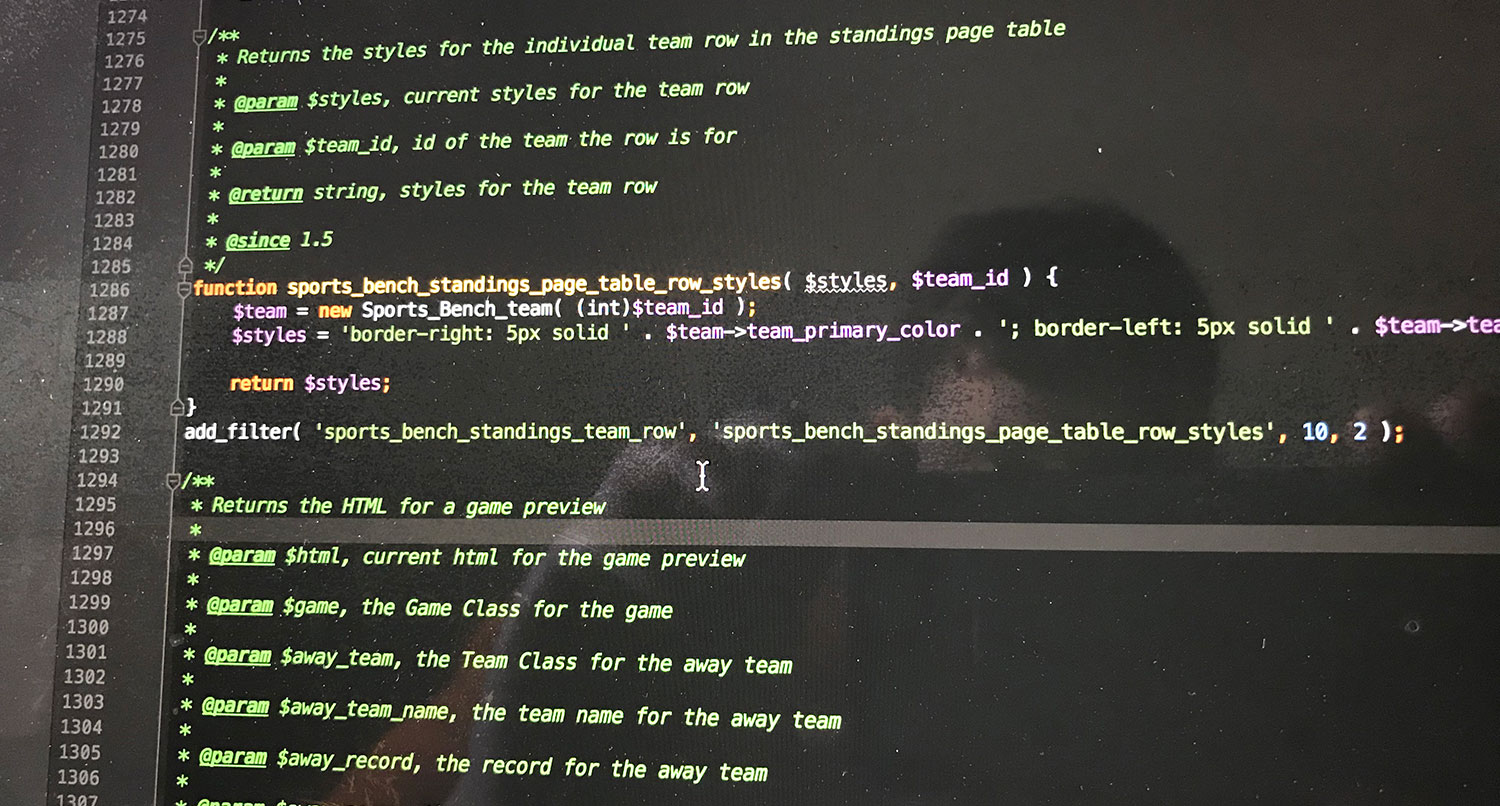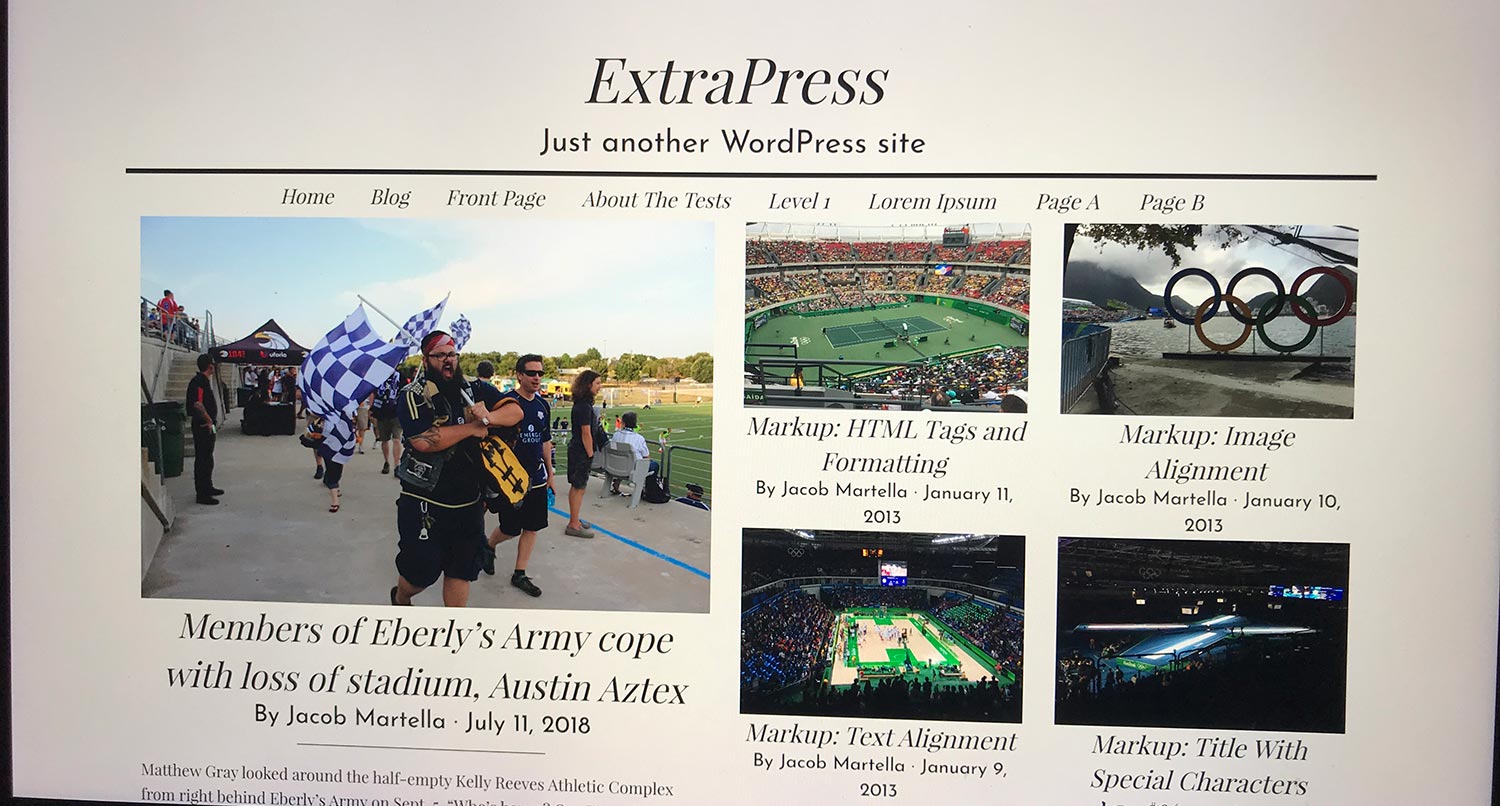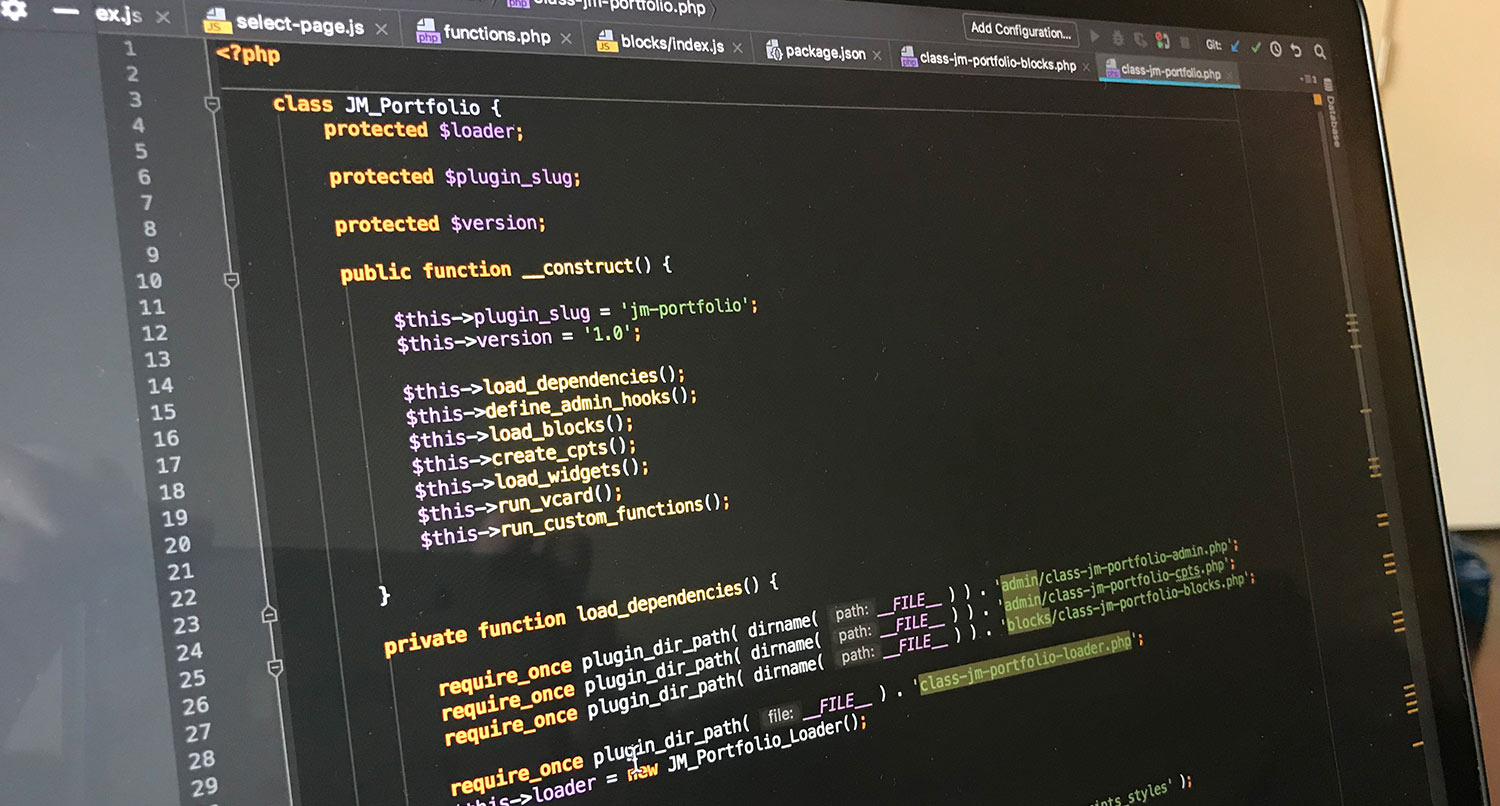Gutenberg is coming. It’s all just a matter of waiting for WordPress 5.0.
I’ve written a lot about the new editor that’s coming in the next major release for WordPress.But a lot has changed and been added to the project since I last wrote about it. And we’re starting to get a very firm idea about what this really will be.
Now, as we continue to wait for the official release of Gutenberg into the WordPress ecosystem, here are some more thoughts about the editor.
It’s come a long way
I know there were a lot of people who outright rejected Gutenberg when it came out as a plugin last June. Admittedly, it had a lot of mistakes, and those mistakes rubbed people the wrong way.
But if you compare the editor from what it was last year to what is right now, there is a night-and-day difference.
For starters, the majority of functionality from the current/old editor is now in Gutenberg. There’s support for meta boxes. Tags save the way they should. And other items like autosaving, previewing and adding featured images are working very well.
Also, I’m starting to feel better about the actual writing and editing flow with the editor. Now, some of that can be chalked up to me just using it and adjusting to how things are working. But the team has done a lot of work to make the writing process so much smoother.
So if you haven’t tried using Gutenberg since last year, I highly recommend giving it a whirl again and seeing how far it’s actually come.
Starting to see the bigger picture
The one thing that really has me excited about Gutenberg is that I’m starting to see the bigger picture for what it will be. At the Meetup last week, Mike showed us a sort of teaser video for the editor from the folks at GiveWP. Needless to say, it was the first time I really saw the bigger picture for what it’s going to be.
Gutenberg is a massive paradigm shift. Since I started using WordPress back in 2009 as a simple user, the editor has just been for content. But the new editor turns that on its head. It allows the user to have some more control over what the design of the page is. They can add cover images, large images, block quotes and change colors and styles of the posts and pages.
And that’s the bigger picture: giving the user more power. Now, of course with power comes responsibility, and some users are probably going to go overboard with design choices to make ugly pages. It’s going to take some client education to make sure they know where the boundaries are between what will work with the theme and what will break it or detract from it.
But if they want to add something to make their posts and pages pop without bothering a developer, that will now be possible. And that’s going to be cool.
It’s going to take time
All that being said, it is going to take some time to get used to the new editor. After all, it’s a complete shift what the editor has always been in WordPress.
I’ll admit, when I first really started to use the editor back in November it took a while to get used to what Gutenberg does. It took a while to get used to adding preformatted text, editing the actual HTML to add code tags and even adding in new blocks to the post.
But once you sit down and go through the process over and over, it all becomes second nature. I can do all of those things now like it’s second nature. And I can’t stand it when I have to go into the current editor and edit that way. It just takes time and effort.
Still a few issues
And of course, there are still some problems with the editor. I’m a little bit concerned about how it will interact with custom post types that don’t need the editor. Like for the Breaking News plugin I have, I don’t need the editor at all. I just need the custom fields.
Then there’s the integration with other plugins and page builders. Advanced Custom Fields, Yoast SEO and Caldera Forms are a few of the plugins that have made sure that they will be compatible with the new editor. But what about those plugins whose developers are either inactive or slow to migrate over to Gutenberg. And how will this affect page builders like Divi and Beaver Builder? Those are questions that remain to be answered.
Finally, what about custom sites? How will clients be able to adapt their sites to the new editor? And will it cost them extra if their site requires changes to work with the editor? I don’t think this will result in a doomsday scenario for WordPress, but they are questions that need to be thought about between now and when Gutenberg is released.
But it looks like it will be June at the earliest before Gutenberg and WordPress 5.0 are out for release. I have confidence that the team will continue to work hard to make sure it’s ready to go when it is released.
And I think there’s a whole lot to be excited about with Gutenberg.

